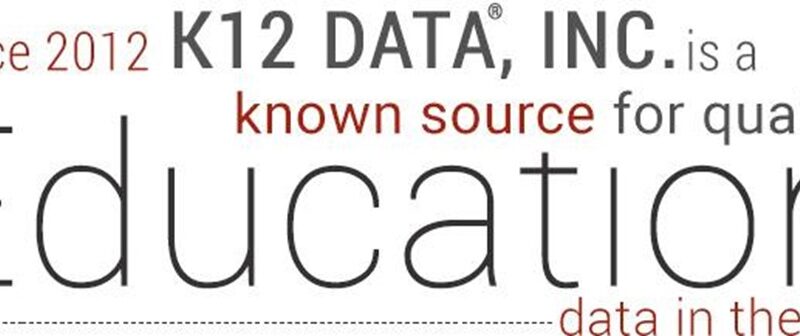Email segmentation: Why it matters
Effective email segmentation is crucial in education-based marketing to ensure that your communications are relevant, personalized, and engaging for different segments within the education sector. Here are some tactics for email segmentation in the context of education marketing:
- Role-Based Segmentation:
– Teachers: Create content that focuses on classroom-level benefits, lesson plans, and professional development opportunities.
– Administrators: Tailor messages to highlight solutions that streamline administrative tasks, improve school efficiency, and meet compliance requirements.
- Grade-Level Segmentation:
– Customize content to address the specific needs and challenges of different grade levels (elementary, middle, high school).
– Provide grade-appropriate resources, curriculum materials, and case studies.
- Subject-Area Segmentation:
– Recognize the diversity of subject areas within schools.
– Tailor content to align with the unique requirements of various subjects such as math, science, language arts, or social studies.
- Geographic Segmentation:
– Consider regional differences in education policies, funding, and priorities.
– Highlight how your products or services address specific challenges within certain geographic locations.
- School Size Segmentation:
– Large schools and districts may have different needs compared to smaller institutions.
– Tailor messaging to address scalability, implementation challenges, and budget considerations based on the size of the educational institution.
- Engagement Level Segmentation:
– Segment based on how actively recipients engage with your content.
– Design targeted campaigns for highly engaged subscribers, re-engagement campaigns for inactive ones, and special promotions for loyal customers.
- Lifecycle Stage Segmentation:
– Identify where a school or district is in the buying process (awareness, consideration, decision).
– Provide appropriate content and support based on their stage in the customer journey.
- Personalized Communications:
– Use personalization tags to include the recipient’s name in the email.
– Reference specific details about the recipient’s school or district to demonstrate a tailored approach.
- Behavioral Segmentation:
– Analyze how recipients interact with your previous emails, website, or other content.
– Send targeted emails based on specific behaviors, such as downloading a resource or attending a webinar.
- Special Events or Seasons:
– Align your email content with specific events in the academic calendar, such as back-to-school season, exam periods, or holidays.
– Create campaigns that address the unique needs associated with these events.
- Feedback and Surveys:
– Use segmentation to target recipients who have provided feedback or participated in surveys.
– Tailor follow-up emails based on their responses to demonstrate that you value their input.
- Test and Iterate:
– Continuously monitor the performance of your segmented campaigns.
– Conduct A/B testing to refine your segmentation strategy and improve engagement rates over time.
By implementing these email segmentation tactics, you can deliver more targeted and personalized messages to educators, administrators, and other stakeholders in the education sector, resulting in higher engagement and better overall campaign performance.

K12 DATA®, INC.
ENCINITAS TECHNOLOGY CENTER
533 2ND ST., SUITE 105,
ENCINITAS, CA 92024
Charlie@k12-data.com
303 557 8114
800 257 8813




